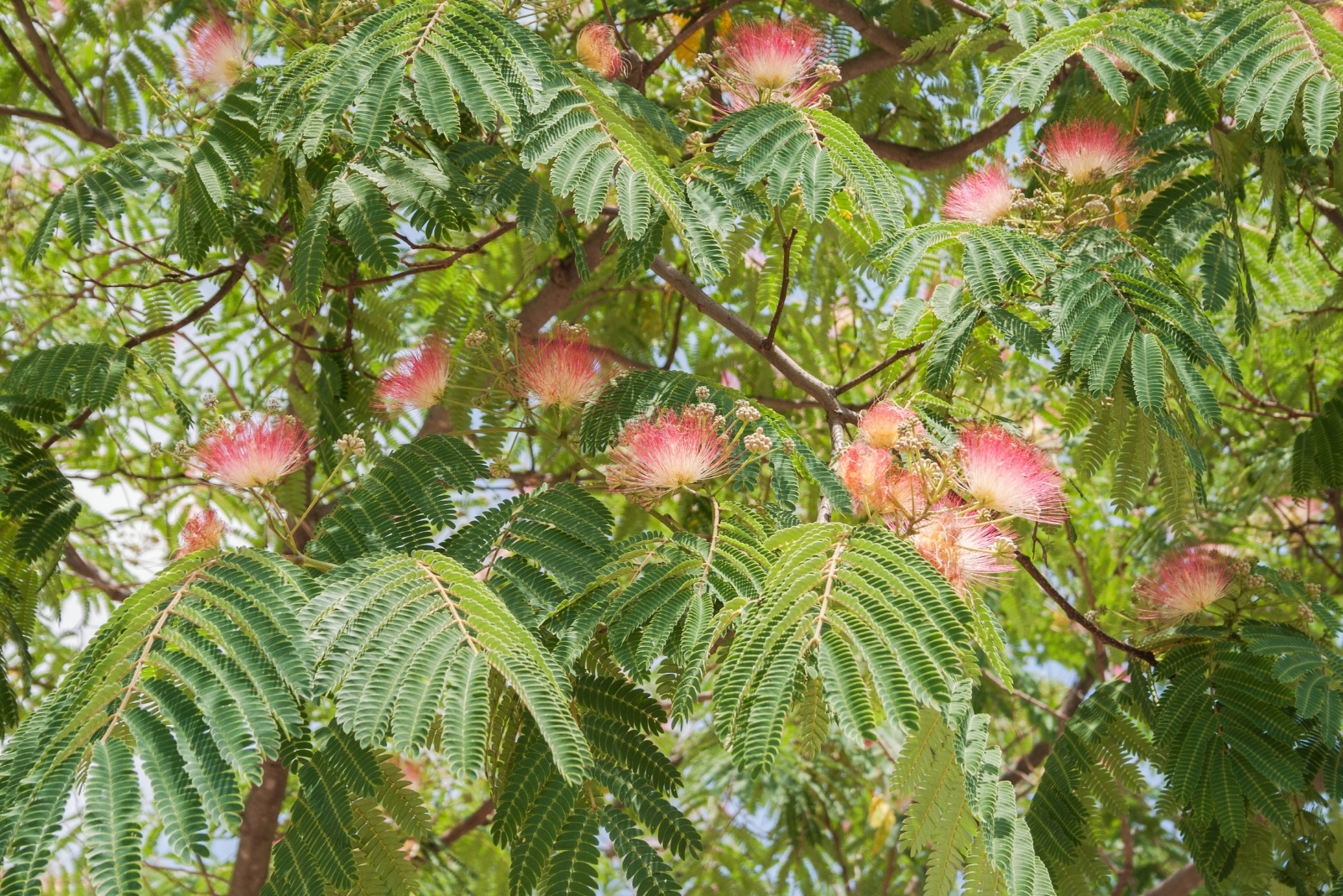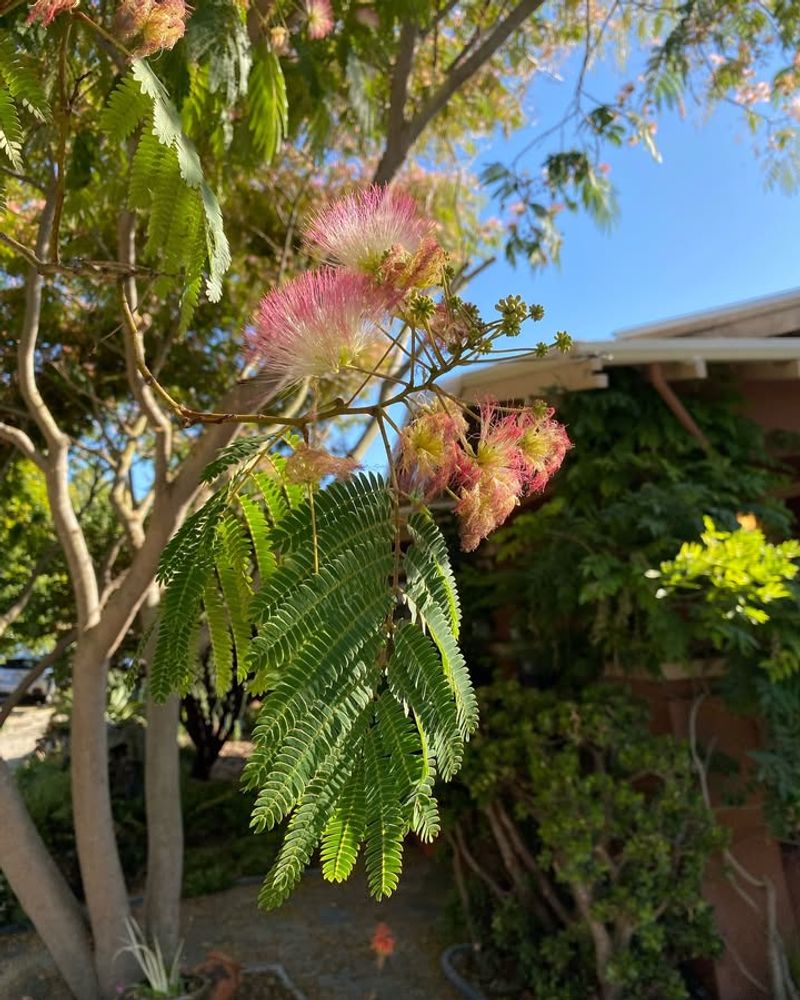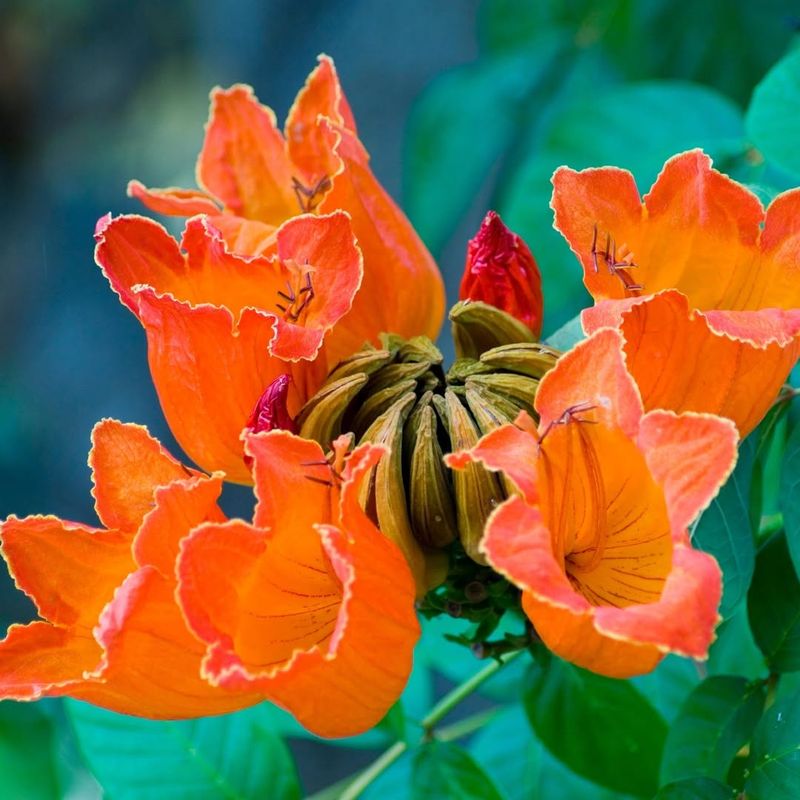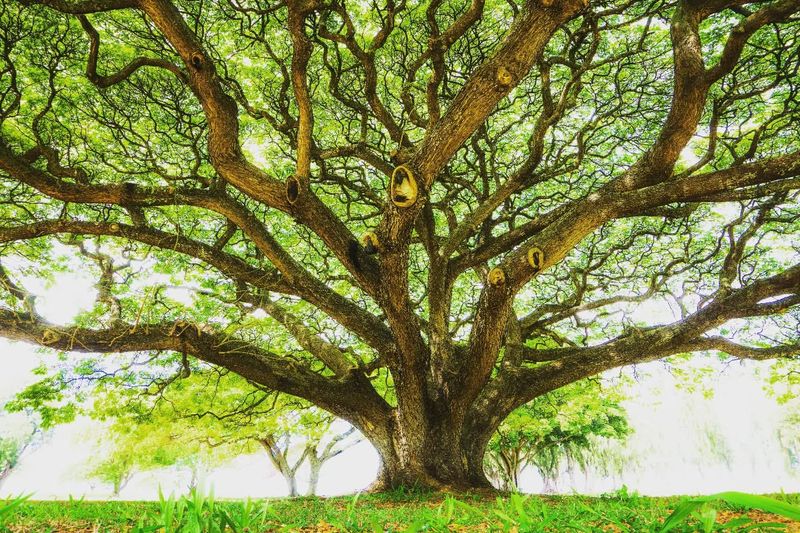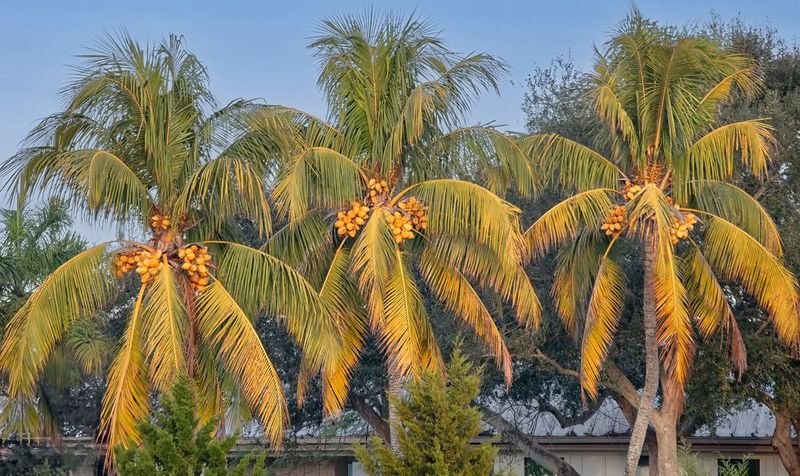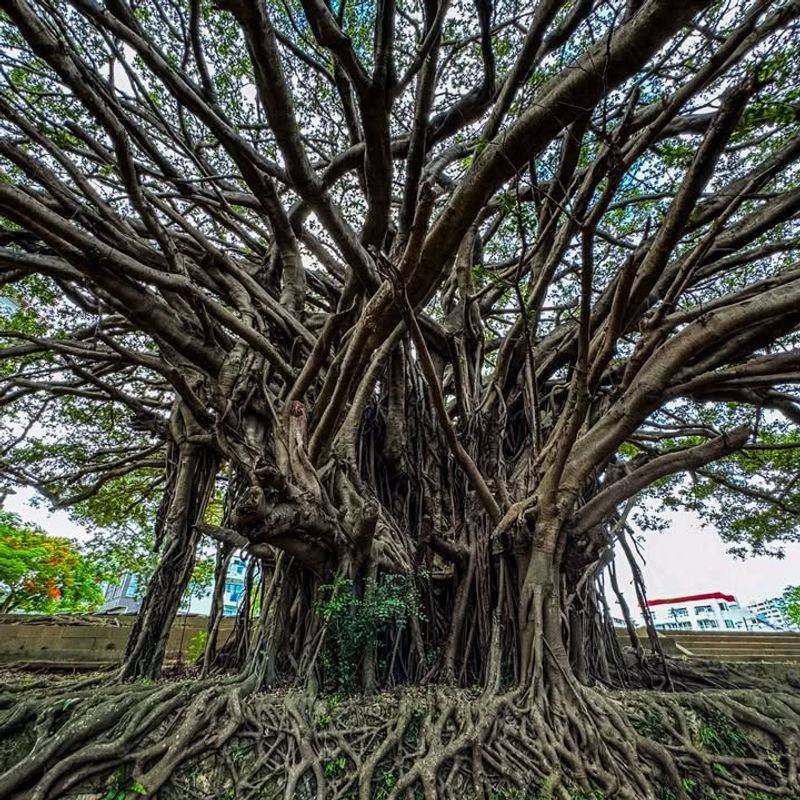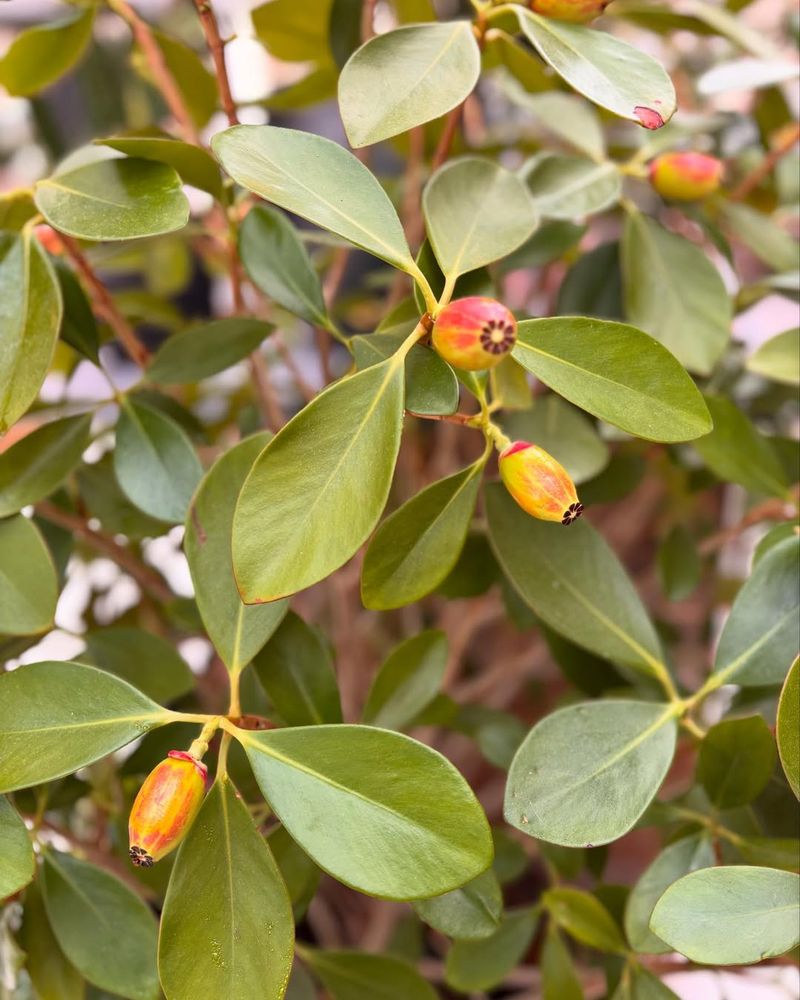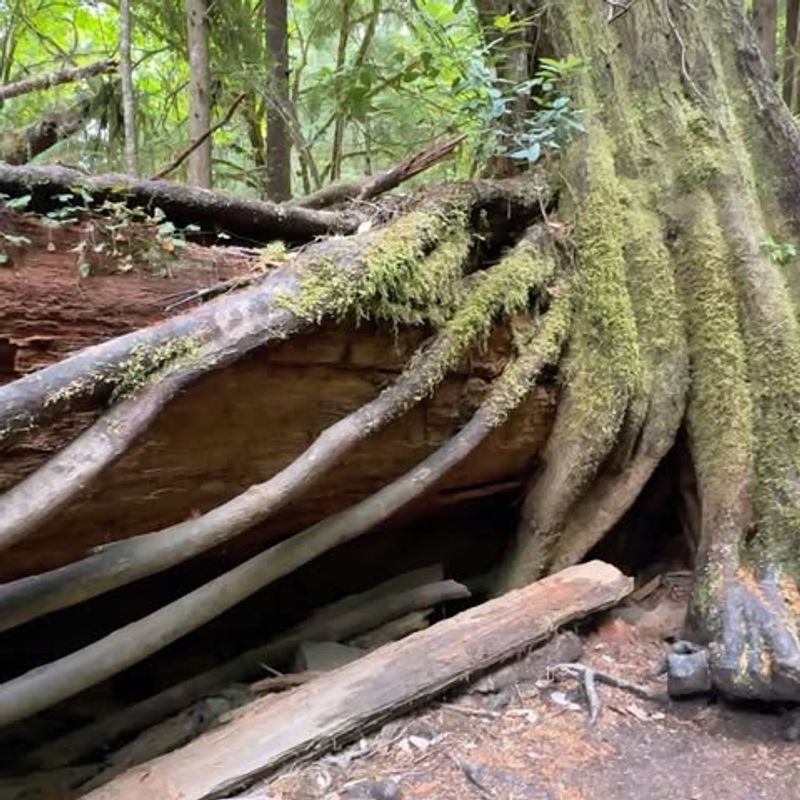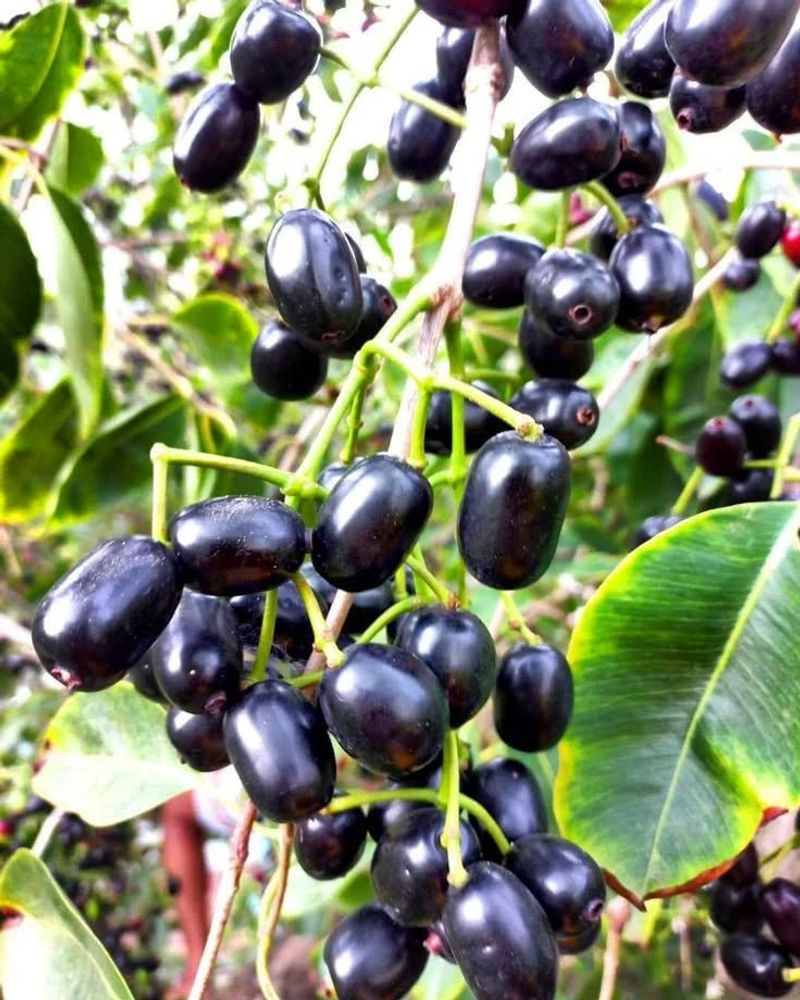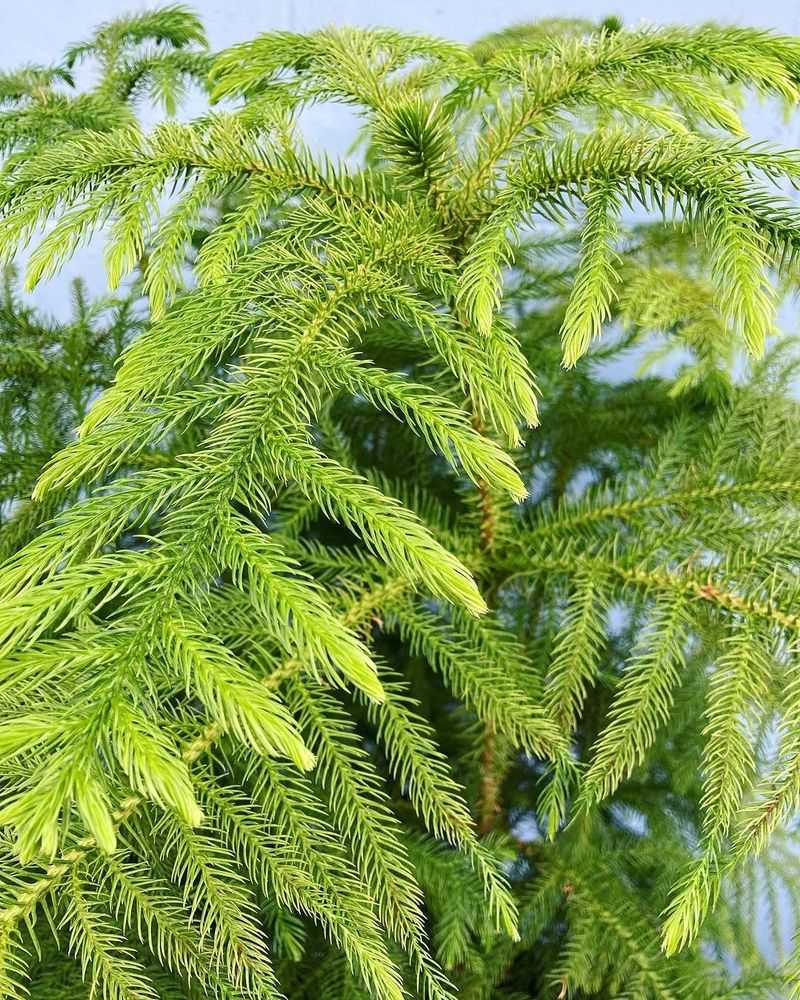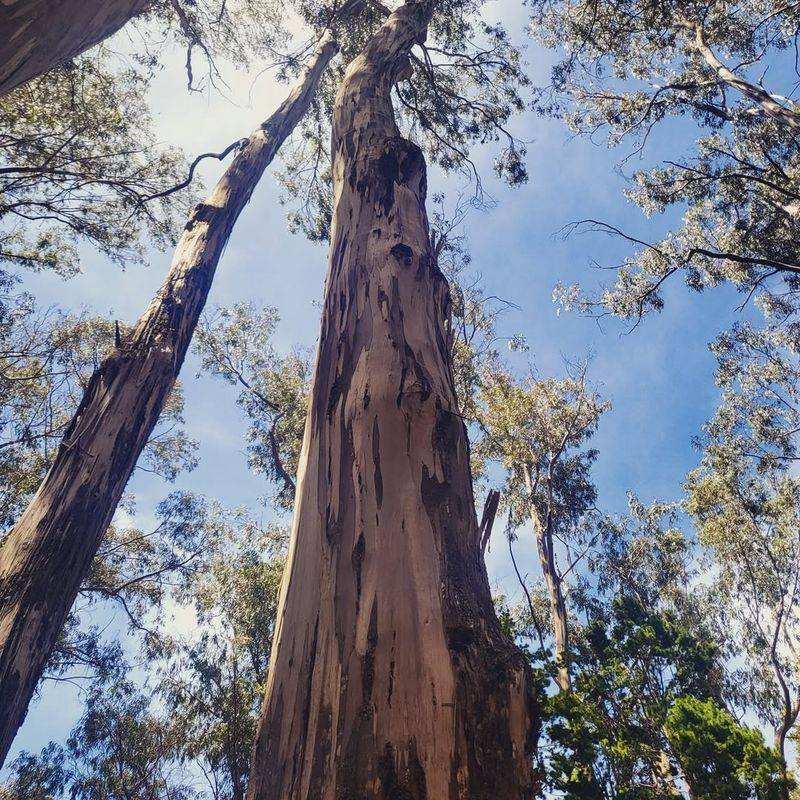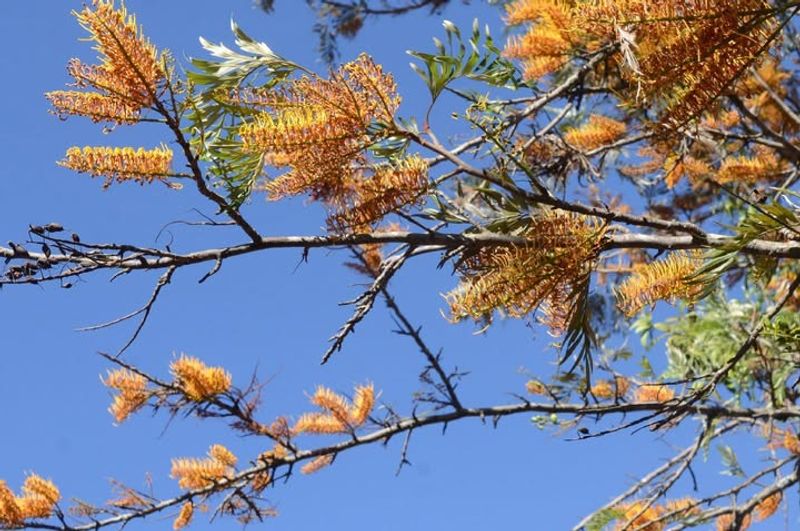Not every tree belongs in paradise, and Hawaii has its share of risky ones. I’ve seen a few cause more harm than good in local yards.
From invasive roots to messy fruit, these trees can be more trouble than they’re worth. Here are eleven trees to think twice about planting in Hawaii.
1. Albizia Tree
Fast-growing and seemingly harmless, the Albizia tree has become one of Hawaii’s most troublesome invaders. Its brittle wood snaps easily during windstorms, sending heavy branches crashing down on homes, cars, and power lines.
Property owners across the islands have learned this lesson the hard way. The tree’s shallow root system offers little stability, making it especially dangerous during hurricane season.
Many Hawaii residents now remove these trees before disaster strikes their neighborhoods.
2. African Tulip Tree
Those stunning orange-red blooms might catch your eye, but this beauty hides a darker side. The African Tulip produces toxic nectar that poisons Hawaii’s native bees and birds, disrupting the delicate island ecosystem.
Its aggressive roots can crack foundations and damage underground pipes. The tree also drops large, heavy seed pods that create hazards on sidewalks and driveways.
Wildlife experts in Hawaii strongly discourage planting this showy but harmful species in residential areas.
3. Monkeypod Tree
Beloved for its umbrella-shaped canopy, the Monkeypod demands respect and plenty of space. These giants can reach heights of 80 feet with branches spreading even wider, creating serious problems in typical residential yards.
Heavy limbs frequently fall without warning, especially as the tree ages. Hawaii homeowners often face expensive removal costs when Monkeypods outgrow their properties.
Insurance companies sometimes raise rates for homes with mature Monkeypods due to damage risks and liability concerns.
4. Coconut Palm
Nothing says tropical paradise quite like swaying palms, but falling coconuts cause more injuries in Hawaii than shark attacks. Each coconut weighs several pounds and drops from heights of 30 feet or more, becoming a dangerous projectile.
Regular trimming helps, but it’s expensive and needs frequent attention. Many Hawaii hospitals treat head injuries from coconut impacts every year.
Planting these palms away from walkways, patios, and parking areas is absolutely essential for safety.
5. Banyan Tree
Majestic and ancient-looking, Banyans create living sculptures that seem magical at first glance. However, their aggressive aerial roots and massive trunk system can destroy everything in their path over time.
Sidewalks buckle, sewer lines crack, and building foundations crumble under their relentless growth. Hawaii municipalities spend millions repairing infrastructure damaged by Banyan roots.
These trees belong in parks and large public spaces, definitely not in residential yards where they’ll eventually cause expensive destruction.
6. Autograph Tree
Kids love carving their names into the thick, waxy leaves, giving this tree its fun nickname. Unfortunately, the milky sap inside causes severe skin irritation, eye damage, and allergic reactions in many people.
The sap becomes especially dangerous when children touch their faces after handling leaves. Hawaii pediatricians regularly treat rashes and eye injuries linked to Autograph trees.
Its aggressive root system also damages nearby structures, making it doubly problematic for family yards across the islands.
7. Octopus Tree
With branches resembling tentacles reaching outward, this tree earned its unusual name honestly. The Octopus tree spreads aggressively throughout Hawaii’s forests, choking out native plants and destroying natural habitats.
Birds eat the berries and spread seeds everywhere, creating new invasive colonies. The tree’s dense canopy blocks sunlight from reaching other plants below.
Environmental groups in Hawaii actively work to remove these invasive species from protected areas and discourage homeowners from planting them.
8. Java Plum
Sweet purple fruits might sound appealing until they start dropping by the thousands. Java Plum creates a nightmare for Hawaii homeowners with its relentless fruit production and permanent staining properties.
The dark juice stains concrete, cars, outdoor furniture, and clothing beyond repair. Rotting fruit attracts swarms of fruit flies and rats to your property.
Constant cleanup becomes exhausting, and the shallow roots can damage driveways and patios, making this tree a regrettable choice for residential landscapes.
9. Norfolk Island Pine
Standing tall and Christmas-tree-shaped, Norfolk Pines seem perfect for Hawaii yards at first. But these trees grow incredibly tall, often reaching 200 feet, with shallow root systems that can’t support their weight.
Strong winds and storms easily topple mature specimens, crushing whatever lies beneath. Hawaii’s trade winds make these trees particularly unstable over time.
Falling branches pose constant threats to roofs, vehicles, and people walking below, especially during the islands’ frequent windy conditions.
10. Eucalyptus Tree
That refreshing menthol scent comes with serious fire risks in Hawaii’s dry seasons. Eucalyptus bark, leaves, and oils are extremely flammable, turning these trees into potential fire hazards near homes.
The trees also drop large amounts of debris constantly, creating maintenance headaches. Their allelopathic properties prevent other plants from growing nearby, leaving bare ground vulnerable to erosion.
Hawaii fire departments warn residents about planting Eucalyptus in areas prone to drought or near structures and power lines.
11. Silk Oak
Golden flower spikes look spectacular, but Silk Oak produces massive amounts of pollen that triggers severe allergies throughout Hawaii neighborhoods. Sneezing, itchy eyes, and respiratory problems spike when these trees bloom.
The brittle wood breaks easily during storms, sending branches crashing down unexpectedly. Shallow roots provide poor anchoring, making the entire tree vulnerable to toppling.
Many Hawaii allergists recommend removing Silk Oaks from residential areas to improve air quality and reduce seasonal allergy symptoms for sensitive individuals.

